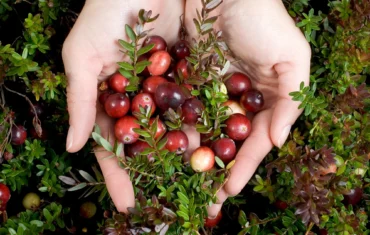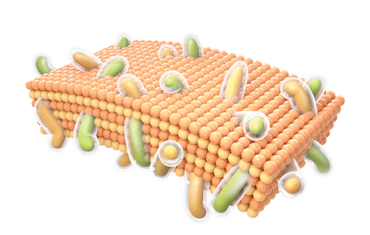Atopic dermatitis (AD) is a chronic inflammatory skin condition characterized by itching, dryness, and eczema, which often begins in infancy or childhood. Its prevalence is rapidly increasing worldwide, with approximately 20% of the population currently affected by atopic dermatitis. Additionally, AD signals what is known as the “atopic march,” which can lead to the development of conditions such as allergic asthma and rhinitis.
There are various approaches to treatment at the moment, as atopic dermatitis is a multifactorial condition linked to genetic predisposition, lifestyle, and immune system characteristics. One of the key indicators of allergic reactions is the elevated level of immunoglobulin E (IgE), which triggers inflammation.
A new solution in the fight against atopic dermatitis focuses on reducing the dominance of Th2 cells and lowering IgE levels in the body. The new development is based on a combination of four probiotic bacterial strains:
- Lactobacillus casei CBT LC5 (KCTC 12398)
- Lactobacillus plantarum CBT LP3 (KCTC 10782)
- Lactobacillus rhamnosus CBT LR5 (KCTC)
- Bifidobacterium lactis CDN BL3 (KCTC 11904BP).
In 2014, a patent (KR101724601B1) was granted for this strain mix to prevent and treat atopy.
Research has shown that this combination of probiotics not only reduces IgE levels but also increases the levels of IL-12 and IFN-γ, cytokines that help restore the balance between Th1 and Th2 cells in the immune system. This makes the probiotic formula a promising tool for the prevention and treatment of atopic dermatitis, minimizing the risk of serious side effects like those observed with antihistamines and steroids.
Source: Patent KR101724601B1






